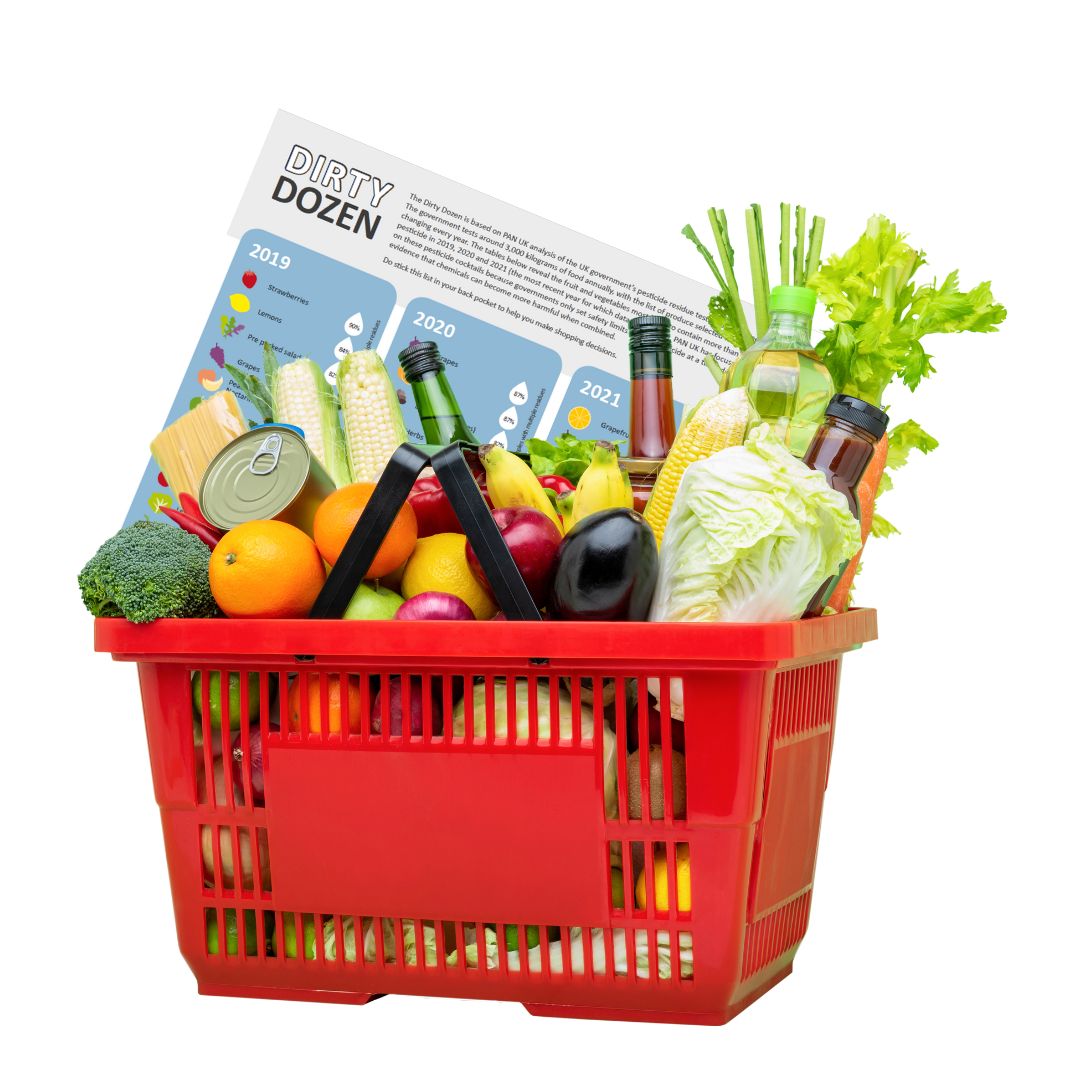The Dirty Dozen
Pesticides used in agriculture can often leave detectable traces of chemicals in, or on, our food known as ‘residues’. The residues detected on a food item will depend on a range of factors including which pesticides have been used, when in the growing season they were applied and how persistent they are, in other words, how long they take to decompose.
The UK Government monitors residue levels in food consumed in the UK. Each year, PAN UK analyses the results of the UK’s residue testing programme and publishes the Dirty Dozen list. This is the fruit and vegetables most likely to be contaminated with multiple pesticides, put into a handy list that you can stick on your fridge or in your back pocket to help you make shopping decisions.
We focus on produce with multiple pesticide residues (known as ‘pesticide cocktails’) because the government sets safety limits for just one pesticide at a time, ignoring the growing body of evidence that chemicals can become more harmful when combined.
We hope that you find our new guide useful and ask that you consider making a donation to PAN UK in return. We are a small charity and endlessly struggle to raise funds. Our small team of pesticide experts works hard to provide practical advice on how you can avoid the use of hazardous pesticides to better protect the health of you, your family and the natural environment. We would never want to exclude anyone from using our resources on the basis of cost so if you don’t have the funds to donate please do still use our guide.
The cocktail effect
Our lists of the ‘dirtiest’ fruit and vegetables are based on UK Government data showing the percentage of samples that reveal residues of more than one pesticide. We have chosen to focus on multiple residues because our regulatory system is set up to assess the safety of just one pesticide at a time, ignoring the growing body of evidence that chemicals can become more harmful when combined.
This phenomenon – known as ‘the cocktail effect’ – has long-been recognised as an area of concern in the UK and beyond. Despite this, little has been done to understand or prevent the human health impacts that may occur due to long-term exposure to pesticide cocktails.
Find out more about the cocktail effect.
Pesticide residues in bread products
While we focus on fruit and vegetables for the Dirty Dozen, cocktails of pesticide residues are found in many different foods, including grains, such as barley, oats and wheat (and subsequently bread).
The Government’s testing results in 2021 revealed that the proportion of bread products containing two or more pesticides had almost doubled over the previous year to 50%. This marks a major increase from government testing results over the past decade when, on average, roughly a quarter of bread has been found to contain pesticide cocktails. The bread products tested included standard white and brown bread, crumpets, scones and muffins. Eleven different pesticides were found, including five with links to cancer, namely cypermethrin, deltamethrin, flonicamid (insecticides), fosetyl (fungicide) and glyphosate (herbicide).
The presence of glyphosate in grain is largely due to its use as a pre-harvest desiccant, when it’s used to artificially dry crops to make harvesting easier. If the UK Government banned the use of glyphosate as a pre-harvest desiccant it could reduce the amount of this residue found in grains.
“With the cost of living crisis forcing people to spend less on food, its vital that consumers can trust that eating relatively cheap products like bread won’t expose them to dangerous mixtures of chemicals. The government claims that it is committed to tackling pesticides, so why have pesticide cocktails been allowed to double in a staple food that most of us eat at least once every day?” Nick Mole, Policy Officer, PAN UK
Pesticide residues in wine
Results from the government’s testing programme in 2022 have exposed a dramatic increase in the proportion of wine that contains multiple pesticide residues – from 14% in 2016 (the last time that wine was tested) to 50% in 2022. Residues of 19 different pesticides (up from 16 in 2016) were found in the 72 wine samples tested, including nine chemicals with links to cancer.
The overuse of pesticides in wine production not only poses a threat to the health of British consumers but also to those living and working in wine-producing areas. Research conducted in France published in October 2023, found that children living close to dense vineyards were subject to an increased risk of contracting leukaemia. Similarly, a 2006 Canadian study found that workers in the wine industry faced a higher risk of developing illnesses caused by exposure to the high levels of pesticides used in vineyards.
“Wine lovers shouldn’t have to risk exposure to an array of hazardous pesticides when they fancy a tipple. The organic wine sector is flourishing, proving that it is 100% possible to produce wine without relying on toxic chemicals.” Nick Mole, Policy Officer, PAN UK
A closer look at some of the pesticides found in UK food
Testing results reveal that more than one hundred different pesticides are found on the Dirty Dozen produce. Here is a closer look at a few of them:
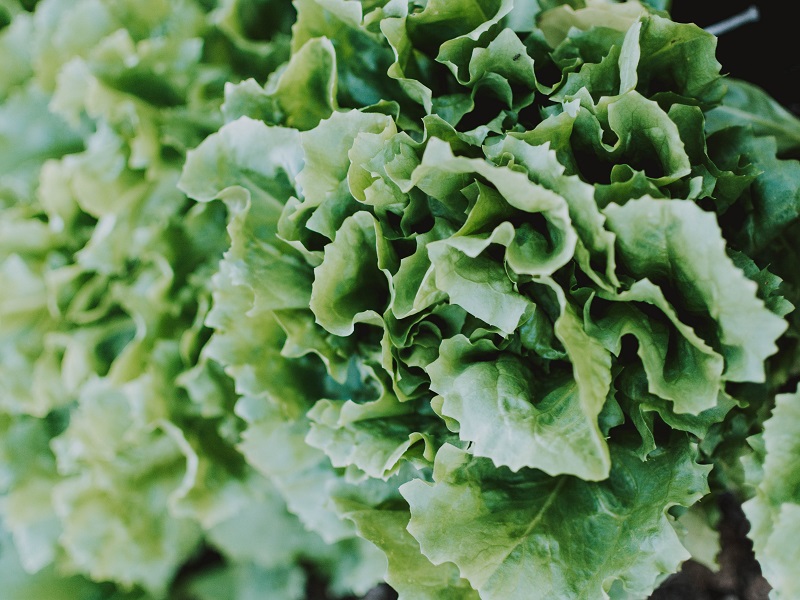
Neonicotinoids (insecticides)
Acetamiprid, clothianidin, imidacloprid, thiacloprid and thiamethoxam. All but acetamiprid are banned for use in the UK and EU due to the threat they pose to bee health. Additionally, thiacloprid is considered a human carcinogen. After their introduction in the early 1990’s, neonicotinoids quickly became the most widely used insecticides in the world. Residues of all five of these insecticides are still detected in fruit and vegetables consumed in the UK.
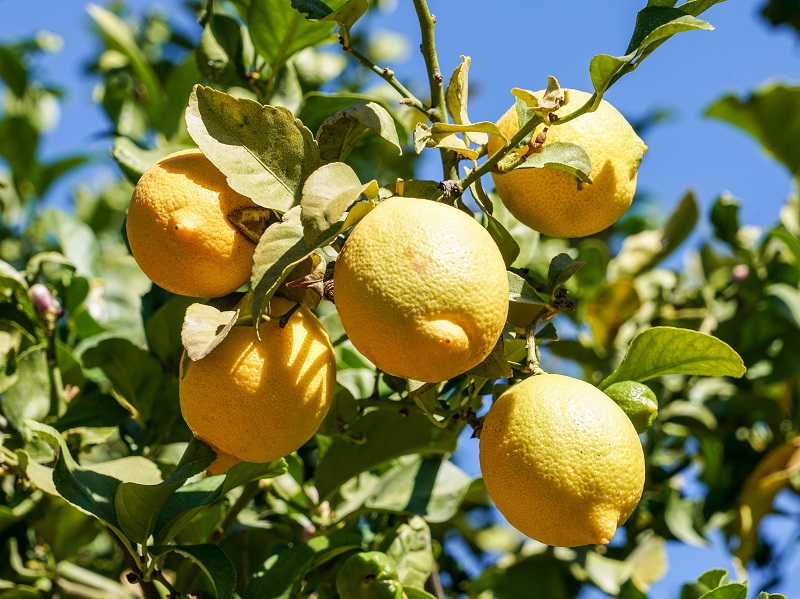
Imazalil (fungicide)
Imazalil is a post-harvest fungicide used extensively on citrus fruit during storage and transportation. It is classified as a carcinogen and a reproductive and developmental toxin. It mostly appears on the skin of citrus fruit so can be consumed if the zest is used. The EU has confirmed plans to reduce the MRL for imazalil by 500 times (from 5mg/kg to 0.01mg/kg) over the next three years. There has been no confirmation that the UK will follow suit.
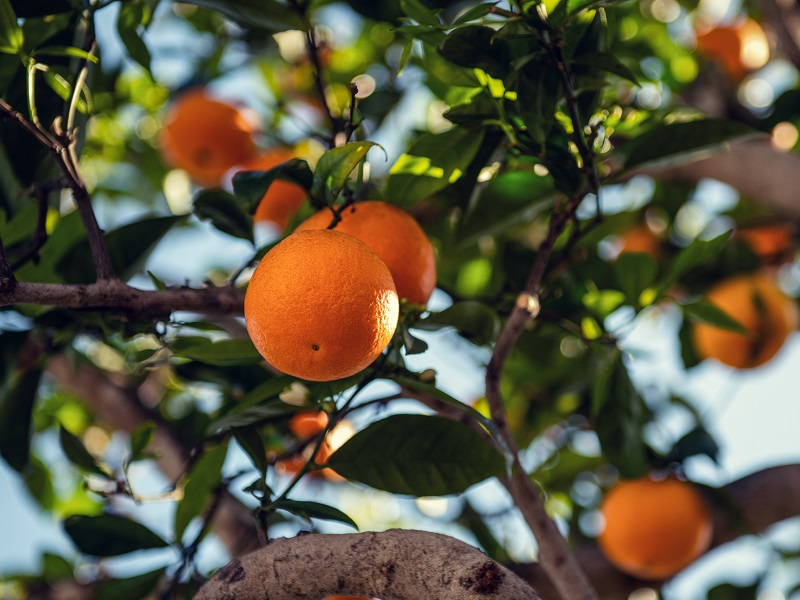
2,4-D (herbicide)
2,4-D is a widely used agricultural weedkiller. It is an endocrine disrupting chemical (EDC) and has been shown to have links to cancer. It is one of the oldest herbicides in use, having first come onto the market in 1945. 2,4-D is one of the main ingredients in the notorious defoliant Agent Orange, extensively used to destroy forests during the Vietnam war.
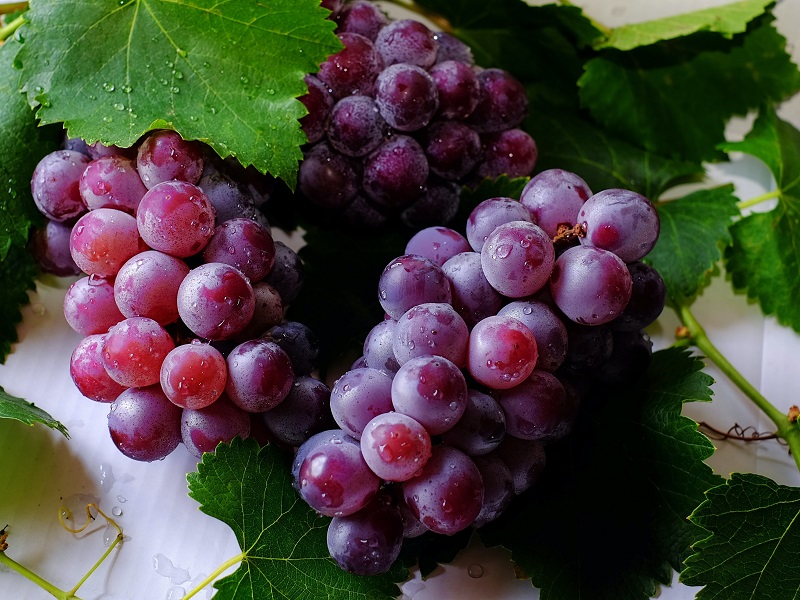
Chlorpyrifos (insecticide)
Chlorpyrifos was recently banned for use in the EU, it is still present as a residue on produce imported into the UK. In multiple epidemiological studies, chlorpyrifos exposure during pregnancy or childhood has been linked with lower birth weight and neurological changes such as slower motor development and attention problems. Exposure to low levels of chlorpyrifos is increasingly associated with changes in children’s cognitive and behavioural performance. Chlorpyrifos is also a suspected endocrine-disrupter.
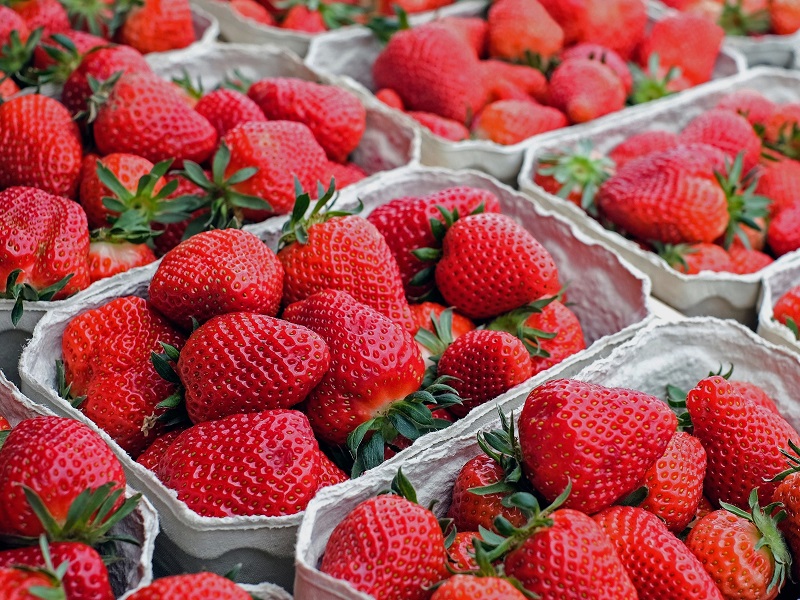
Difenconazole (fungicide)
Difenconazole is used to control a variety of problems including blight and seed rot. It appears as a residue on the majority of the Dirty Dozen. Many of the ‘azole’ class of fungicides, of which this is one, are suspected endocrine disrupting chemicals (EDCs). Difenconazole is also a possible human carcinogen and reproductive or developmental toxin, meaning that it can have adverse effects on sexual function and fertility, reduce the number and functionality of sperm and cause miscarriages.
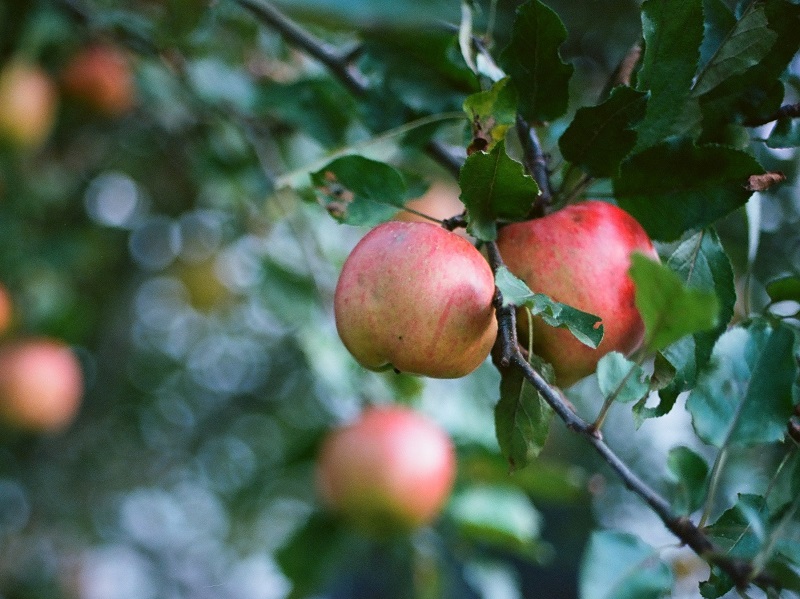
Glyphosate (herbicide)
Concerns about the health effects of glyphosate have been growing for many years. The most widely used of all the herbicides, it has been linked with various types of cancer, birth defects and kidney disease. Calls for a ban on glyphosate have intensified and a number of countries around the world have already prohibited its use or are in the process of phasing it out. It is not only used to grow crops but also widely applied in UK towns and cities to combat weeds.
Will washing or peeling food remove pesticide cocktails?
Washing or peeling fruit and vegetables can potentially reduce exposure to pesticides as some residues that appear on the surface will be eliminated, particularly traces of soil which may contain harmful bacteria. However, although washing or peeling will reduce the level of pesticides found on the outside of an item, they are unlikely to remove all pesticide residues. This is because many of the pesticides used are ‘systemic’, meaning that they are actually absorbed by a plant when applied to seeds, soil, or leaves and the residues are therefore contained within the body of the produce itself.
The government’s testing scheme tends to show citrus fruit as having the highest residues. For example, in 2021 100% of grapefruits tested contained pesticide cocktails. This is often because of its peel – fruit such as oranges and lemons, will show higher residues than are actually being consumed. Having said that, people are increasingly using the zest of citrus fruits. In addition, handling of fruit covered in fungicides (which are used to prevent food rotting) can mean dermal absorption (i.e. through the skin) is a problem, particularly for children.
Inadequacy of testing and reporting
Each year, the UK Government tests a range of produce and other food stuffs for pesticide residues. Roughly 3,000 samples are tested annually, with each sample weighing 1 kilogram.
While this testing is useful to an extent, it only provides a snapshot in time because it is inconsistent and piecemeal. For example, tomatoes might be tested one year and not the next (regardless of whether high residues are found) and only a tiny proportion of tomatoes consumed in the UK are tested. Similarly, the limited amount of samples tested does not reflect the huge range of produce available to the UK public. In 2021 a mere six varieties of fruit and eight types of vegetable were tested. The Government argues that it’s unnecessary to expand the testing programme because it is based on a risk-based system which focusses in on food items which are most likely to pose a threat. But of the 12 types of fruit and vegetables on the 2020 Dirty Dozen list the Government chose to test just two in 2021, ignoring ten (83%) of the previous year’s produce of concern.
The way in which the results are presented is also problematic. The main focus is on samples that exceed the Maximum Residue Level (MRL), implying that any pesticide residue below the MRL doesn’t pose a threat to human health. However, MRLs are set to ensure that food is grown according to good agricultural practice. They do not guarantee that the quantity of pesticide found in the food is safe.
Worker and environmental health problems
The main focus of the UK Government’s testing regime is to assure the public that the food they are consuming is safe. However, pesticides have an impact all along the supply chain from field to fork, whether that is the negative health effects on growers and workers, or the devastation that pesticide use is wreaking on global biodiversity.
An area of particular concern is the presence of residues of bee-toxic neonicotinoid insecticides on numerous samples of the produce tested in 2021 and preceding years. This particular class of pesticides has been identified as a key driver of the recent declines in populations of bees and other pollinators. As a result, their use has been banned in the UK and EU. However, their use continues unabated in the majority of other countries, as highlighted by the presence of neonicotinoid residues in UK food imports. It could be argued that while the UK still imports produce grown with banned pesticides we are simply exporting our environmental problems and responsibilities to other parts of the world. In the meantime, bees and pollinators are still being impacted by the harmful effects of neonicotinoids and other harmful pesticides, used to feed UK consumers.
What is PAN UK doing?
We are campaigning for a massive reduction in pesticide-related harms to both human health and the environment. This includes making sure that UK farmers have the support they need to reduce their pesticide use and working with supermarkets to tackle pesticide harms linked to their global supply chains.
We hope that you find our new guide useful and ask that you consider making a donation to PAN UK in return. We are a small charity and endlessly struggle to raise funds. Our small team of pesticide experts works hard to provide practical advice on how you can avoid the use of hazardous pesticides to better protect the health of you, your family and the natural environment. We would never want to exclude anyone from using our resources on the basis of cost so if you don’t have the funds to donate please do still use our guide.

